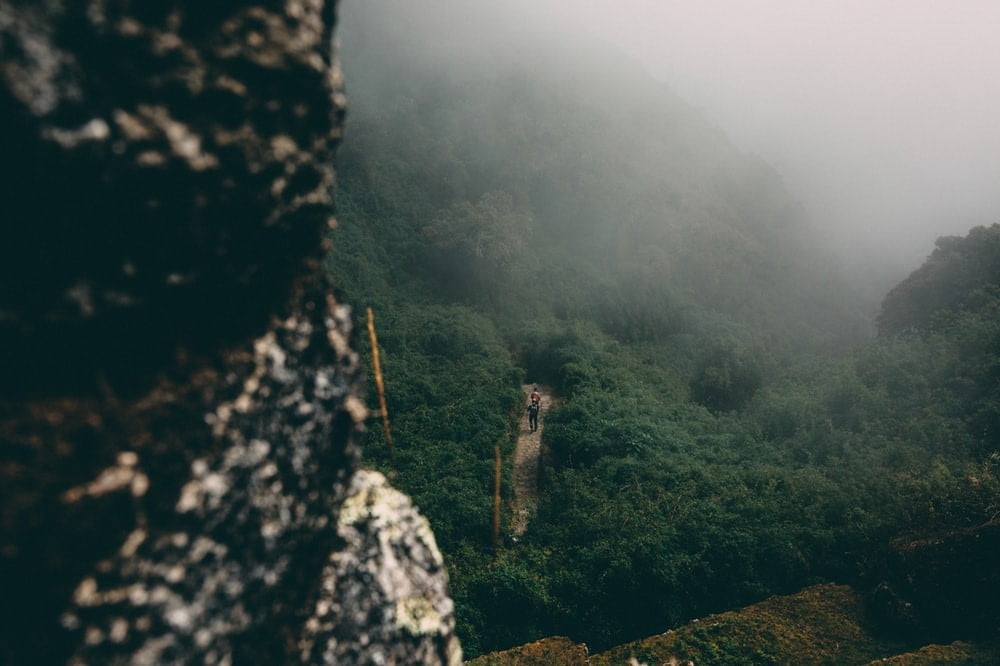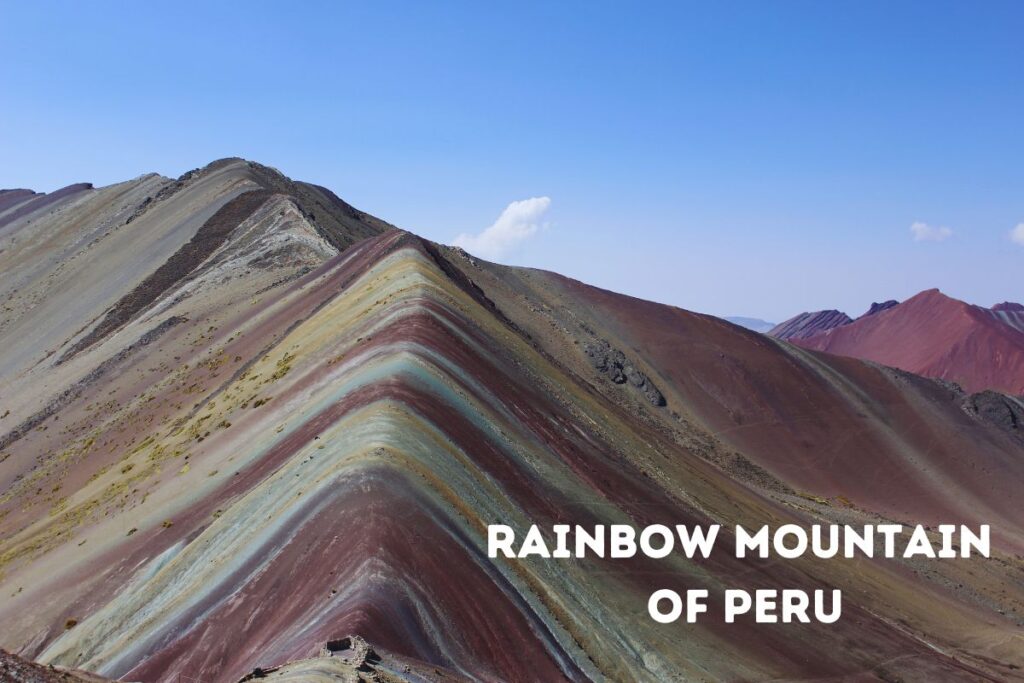The Wari civilization, which flourished from around 600 to 1100 AD in what is now modern-day Peru, represents one of the most significant and influential cultures of pre-Columbian South America. The Wari were pioneers in urban planning, architecture, and agricultural practices, leaving a lasting impact on the Andean region. While much of their story has been lost to time, recent archaeological findings continue to shed light on their impressive achievements. This blog post will delve into the key aspects of Wari culture, their society, art, technological innovations, and the lasting influence they had on future civilizations like the Inca Empire.
Must do Tours
Who Were the Wari Culture?
The Wari civilization emerged in the central Andean region of Peru, with their heartland located in the Ayacucho Valley, about 500 kilometers east of Lima. They are often considered one of the earliest empires in pre-Columbian America, with a far-reaching influence across the Andes. Their name, “Wari,” is derived from the region in which they thrived, and they are often recognized for their complex social structure, impressive architectural feats, and technological advancements. The Wari not only established monumental cities and urban centers, but they also played a pivotal role in spreading culture and ideas throughout the Andean region.
Urbanization and Architecture
One of the most striking aspects of the Wari Culturewas their ability to plan and construct large, urban settlements. They were pioneers in the concept of urbanization in the Andes, establishing cities with well-planned layouts, including plazas, roads, and religious structures. The most famous example of Wari urban planning is the city of Wari (also known as Huari), which serves as their capital and remains a crucial archaeological site. Here, the Wari constructed large multi-story buildings, ceremonial complexes, and storage facilities.
Their architecture was a mix of local traditions and new innovations, including the use of mud bricks and stone, which helped their buildings stand the test of time. The Wari were also skilled at constructing irrigation systems, which allowed them to sustain their population and agricultural needs in the harsh Andean environment.
Agriculture and Technology of Wari culture
The Wari culture were advanced in agricultural techniques, utilizing terraces, irrigation systems, and water management to cultivate crops in the mountainous terrain. They grew a variety of crops, including maize, quinoa, and potatoes, and raised livestock such as llamas and alpacas. Their ability to adapt their farming techniques to the varying topographies of the Andes enabled them to support large urban populations and trade networks.
The Wari also developed advanced textiles and ceramics, which played an important role in their economy. Wari ceramics, in particular, were known for their intricate designs and were often used in religious and ceremonial contexts.
does the wari culture arrived to Cusco?
The Wari culture was relatively close to the Cusco Valley, with their influence extending to the surrounding regions. The Wari capital was located in Huari (near modern-day Ayacucho), about 300 kilometers (186 miles) north of Cusco. However, their reach extended to the Cusco Valley, especially in areas like Piquillacta (located southeast of Cusco), which was a significant Wari archaeological site.
Piquillacta served as an important Wari settlement and is believed to have been a ceremonial and administrative center that influenced the later development of the Inca Empire in the Cusco region. The Wari were likely in contact with early inhabitants of the Cusco Valley, sharing cultural practices, architecture, and agricultural techniques.
Social Organization
The Wari society was highly stratified, with a clear division between elites and commoners. The elite class, which included rulers, priests, and military leaders, lived in large, well-decorated homes, while commoners resided in smaller dwellings on the outskirts of the cities. The Wari had a strong centralized government that controlled trade, religious practices, and agricultural production.
Religion played a central role in Wari society. They worshiped a variety of deities, and their religious practices often involved ritual sacrifices and offerings. The Wari also built impressive temples and ceremonial centers, indicating the importance of religion in their culture.
Art and Symbolism of Wari culture
Wari art is rich in symbolism and is often characterized by its bold, geometric designs. Their ceramics, textiles, and metalwork frequently depicted animals, deities, and abstract patterns. The Wari are also known for their use of vibrant colors in their textiles, which were often worn by the elite class.
The Wari also left behind murals and sculptures that provide insight into their religious beliefs and daily life. These artistic expressions are crucial for understanding the Wari worldview and their connection to the natural world and the divine.
Trade and Influence of wari culture
The Wari were skilled traders, and their influence extended far beyond their capital. They established trade routes that reached into the coastal and jungle regions of Peru. The Wari were instrumental in the dissemination of goods, technologies, and cultural practices across the Andean region. Their legacy can be seen in the art, architecture, and agricultural practices of later cultures, including the Incas.
The Fall of the Wari culture
Despite their achievements, the Wari civilization eventually declined. The reasons for their collapse remain a subject of debate among scholars. Some argue that climate change, such as prolonged droughts, may have affected their agricultural production, leading to societal instability. Others point to internal factors such as political fragmentation or military pressures from neighboring groups. Regardless of the exact cause, the fall of the Wari paved the way for the rise of other Andean civilizations, most notably the Inca Empire, which inherited many of the Wari’s technological, agricultural, and cultural innovations.
Conclusion
The Wari culture was one of the most advanced and influential cultures in pre-Columbian South America. Their urban planning, technological innovations, and artistic achievements continue to captivate archaeologists and historians alike. Although their civilization eventually fell, their legacy lives on in the cultures that followed, particularly the Inca Empire. Understanding the Wari provides us with valuable insights into the complexities of ancient Andean societies and their ability to adapt to and thrive in one of the world’s most challenging environments.
Frequently Asked Questions (FAQ)
- What is the significance of Wari culture architecture?
Wari architecture is significant because it introduced urban planning concepts that were ahead of its time, including the use of large ceremonial centers, multi-story buildings, and advanced irrigation systems. - Where did the Wari civilization exist?
The Wari civilization existed in the central Andean region of Peru, with their capital at Wari (Huari) in the Ayacucho Valley. - What did the Wari people eat?
The Wari people grew a variety of crops such as maize, quinoa, and potatoes, and also raised livestock like llamas and alpacas. They developed agricultural techniques such as terraces and irrigation to sustain their diet. - How did the Wari influence the Incas?
The Wari influenced the Inca Empire in several ways, including agricultural practices, urban planning, and religious beliefs. Many of the Inca’s advancements were built upon Wari innovations. - Why did the Wari civilization decline?
The reasons for the decline of the Wari civilization are still debated. Some theories include environmental changes, political instability, or pressure from neighboring groups. - What are the Wari known for in terms of art?
Wari art is known for its vibrant colors, geometric patterns, and depictions of animals and deities. Their ceramics, textiles, and metalwork reflect their advanced artistic techniques and religious beliefs.
I am Carlos, founder of Machu Picchu Soul, a local tour operator and travel agency based in Cusco, Peru. My journey in tourism began as a porter on the iconic Inca Trail, where I developed a deep connection with the land and its history. After years of dedication, I became a professional tour guide, honing my skills to deliver exceptional experiences. With over 15 years of expertise, I decided to establish Machu Picchu Soul to combine my passion for authentic travel with a commitment to supporting local communities and creating unforgettable adventures for our guests.




